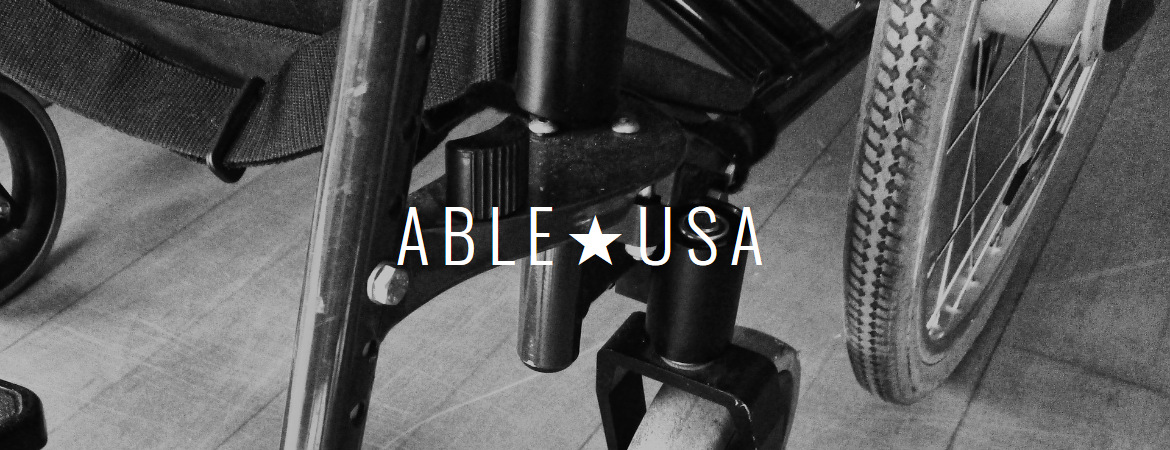
How to Make Moving Day Easier With a Disability
Moving into a new home is one of the most stressful activities a person can take on. You have to get your home ready to sell, and make sure your new house has everything you and your family need. When you include the process of moving itself, it can all take a toll on your physical and mental health. When you’re living with a disability, it can be even more difficult, and it may feel overwhelming.
Fortunately, there are several ways you can turn moving into a positive experience and reduce your stress. Getting organized certainly helps; make lists for everything, from what to pack to what tasks you need to complete before the move-in date. Think about your health and safety throughout the entire process and remember to take into consideration how to make your life easier in your new home. This may include modifications or, if you’re building, ensuring that the floor plan will make everything accessible.
Here are a few tips on moving with a disability…
Get funding
Moving takes money, and making changes to a new home to ensure your future comfort and mobility can be costly. The average cost nationally to remodel for home accessibility is $5,080. However, there are several grants available to help individuals living with disabilities, so it’s important to do some research to find out what is available to you. These grants may differ from state to state, so look online for more information.
Create a timeline
One of the best ways to reduce stress when moving is to get organized, and the first step is to create a timeline and stick to it. This timeline should include figuring out packing arrangements, hiring movers, changing your address with the post office, and scheduling hookups for utility services. Also, don’t forget the post-move tasks, such as changing your address with the DMV. In many states, you only have 30-60 days to do this after a move.
Declutter
Packing and preparing for a move is much harder to do when your home is full of clutter and items you don’t need anymore. Before you begin putting things into boxes, go through each room and figure out what you really need to take to the new home. Items that are out of season can go into storage, while things you know you don’t need anymore can be donated or sold at a garage sale. Clean out closets, basements, attics, and cabinets and consider asking a good friend or family member to help out.
Pack smart
In many cases, it’s a good idea to start early on a project. Moving, however, means hitting the sweet spot between starting too early or too late. Packing, for instance, is a big job and may require several months to complete, especially if you don’t have much help. It’s a good idea to designate one room as a “packing room” that holds all your supplies and materials, or set aside a space in the garage or basement for these things, plus the boxes you’ve already packed. If you have a physical disability that limits your mobility, you won’t want several boxes and packing materials lying around the house.
Moving day should be an exciting time for you and your family, so it’s important to do all you can beforehand to reduce the stress and make things run smoothly. Communicate with your loved ones, delegate responsibilities when you can to take some of the burden off your own shoulders, and remember to practice self-care during this time.
Author: Patrick Young @ AbleUSA